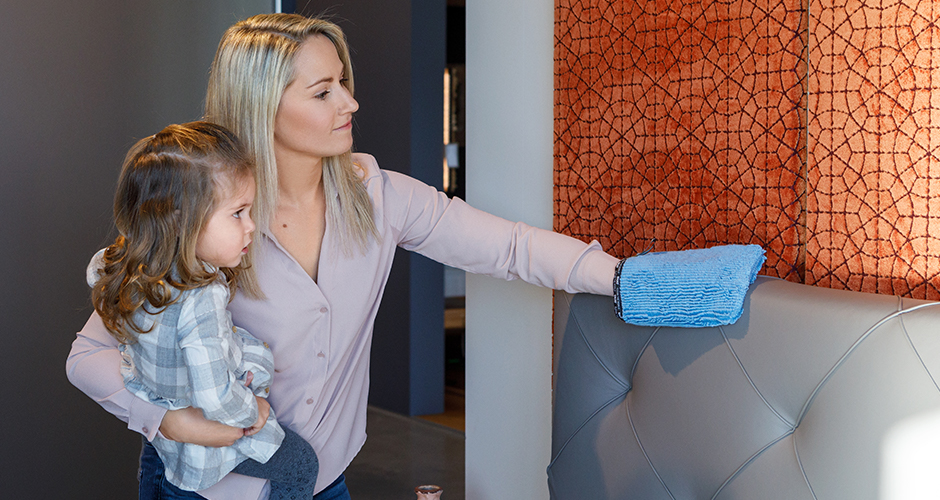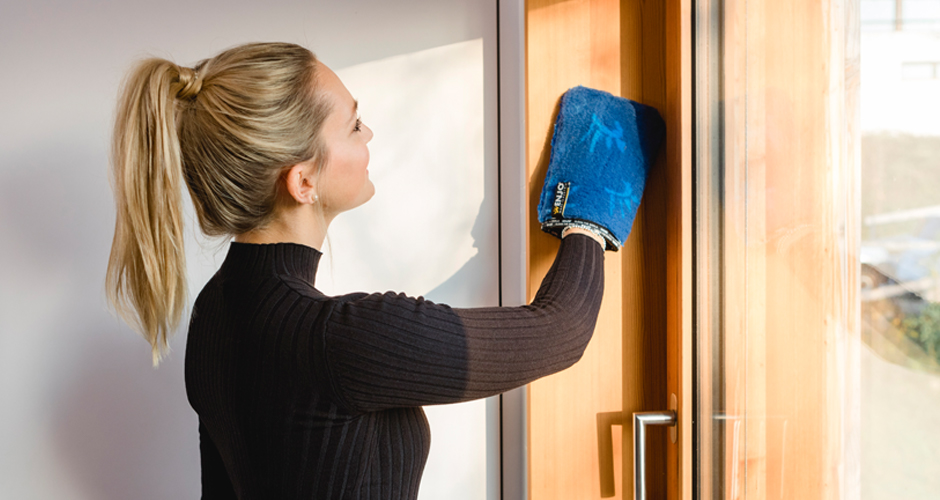We believe staying informed and aware is important, especially during unsettling times.
We are still deep into fighting a global health threat, including lockdown measures and other restrictions aimed at slowing the spread of SARS-COV2. With numbers rising across the country (and the world) at an increasing rate, remaining vigilant truly matters at this time.
Making changes to personal hygiene and keeping our homes clean and healthy can help break the chain of transmission when it comes to viral infection.
With this in mind, here are 6 important things to remember when it comes to your home and your health right now.
1. Handwashing is more effective than sanitizers
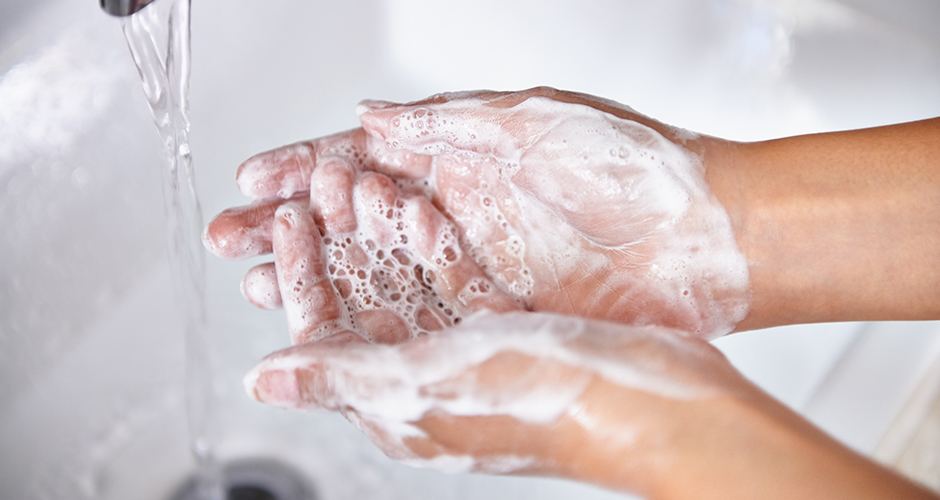
We know it’s not always possible, but handwashing with soap and water is the cheapest and most effective form of infection control.
So much so, that research carried out by MIT suggests that increased handwashing at just 10 airports in the US would reduce the spread of the coronavirus by 60%.
The US Centers for Disease Control and Prevention (CDC) recommend thorough handwashing (for at least 20 seconds) over hand sanitizer, to help protect yourself and others from the spread of infection.
Why is handwashing preferable? It’s simply more effective overall.
According to the CDC, handwashing reduces the amounts of all types of germs, whereas sanitizers eliminate some, but not all types of germs.
If used correctly, alcohol-based sanitizers can inactivate many microbes, however, many people don’t use enough sanitizer or accidentally wipe it off before it has dried.
If you’re unable to access water and hand soap, a sanitizer is a good alternative.
Make sure the sanitizer is at least 60% alcohol-based, read the label and apply the recommended amount. Keep rubbing your hands together until they are completely dry.
If you do sanitize, be sure to wash with soap and water as soon as possible, to remove chemical residues.
When should you be washing your hands and sanitizing?
The CDC suggests thorough handwashing whenever you cough, sneeze or blow your nose, whenever you touch your face, prepare food, use the bathroom or care for someone sick, and when you leave a public place.
2. Disinfecting or sanitizing does not work on a dirty surface; you MUST clean first
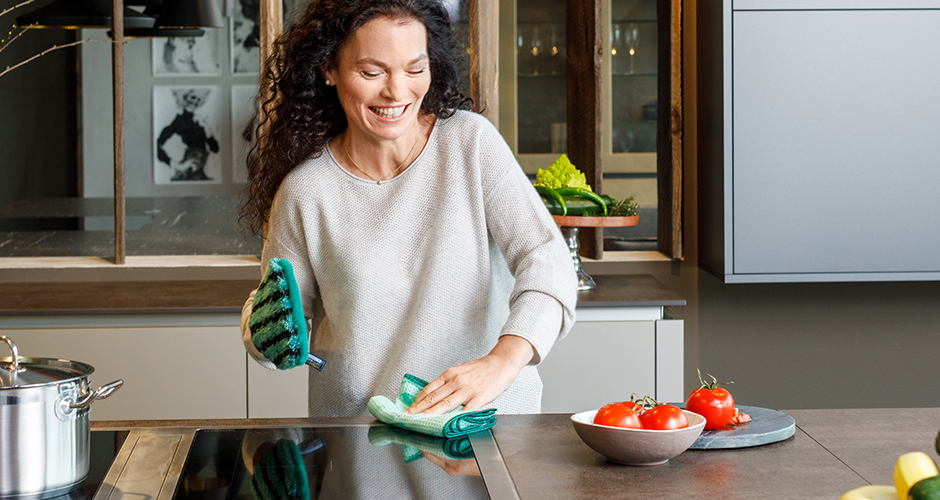
Over the past months, ENJO Canada has provided information regarding the difference between cleaning, sanitizing and disinfecting.
See our Blog – Creating a Healthy Home
It’s vital to understand one important part of cleaning and sanitizing: sanitizing or disinfecting is ineffective if the surface hasn’t been cleaned.
Cleaning is a key step to sanitize or disinfect effectively that most people ignore, even though studies show that sanitizers and disinfecting chemicals like bleach become deactivated upon contact with organic material.
On a regular basis, sanitizing or disinfecting is not necessary to maintaining a clean, healthy home.
If someone in your home is unwell and you’re sanitizing or disinfecting to stop the spread of infection, please remember to follow the 2-step process:
ONE: Thoroughly clean and dry the surface you want to sanitize or disinfect.
TWO: Sanitize or disinfect. Sanitizing and disinfecting involve strong chemicals, that can be dangerous and have health implications. Make sure the area is well ventilated, and that you wear suitable protective wear.
Be sure to read all chemical labels carefully and use the product exactly as prescribed. The wrong dilution or insufficient surface contact time can make the process ineffective. Never mix different chemicals.
3. If you go must go out, wear a mask.
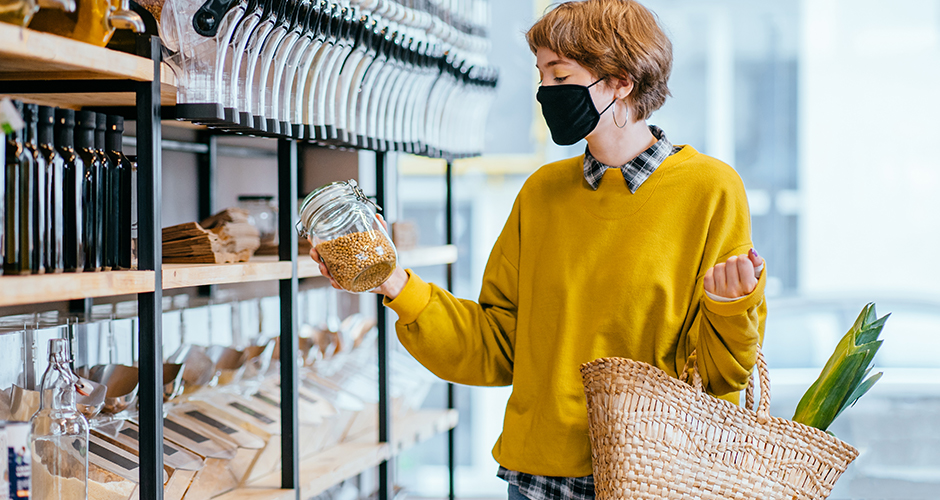
Yes, the official guidance about face masks was conflicting in the early days of the Covid-19 outbreak.
However, the CDC and WHO recommend wearing a mask in public settings, or where 6-foot distancing is not possible.
How do face masks work?
We know that the coronavirus is primarily transmitted person-to-person via respiratory spray/droplets. Masks have been shown to help prevent respiratory droplets travelling into the air in laboratory studies.
Wearing a mask is a measure of source control – it prevents the spread of the virus via droplets from the mouth and nose of the mask wearer. It prevents people who may be carrying the virus from spreading it, by creating a very simple barrier. However, scientists believe there are also benefits to wearing a mask if you don’t have COVID-19.
How effective are masks at protecting you?
According to www.lung.org, the gold standard N-95 mask is 95% effective at keeping the wearer safe from inhaling viral particles. These masks are mostly reserved for front line workers; people in high-risk settings where they know they are coming into contact with the virus.
Cloth face masks are less effective. However, even SOME reduction in viral transmission is extremely important.
It’s important to note that mask-wearing is not always advisable or possible – such as for children under 2 and for some persons with breathing problems. Be sure to speak with your physician or local health unit for advice on this.
4. Target high-touch surfaces with your cleaning
Seems like we’re always cleaning these days, doesn’t it? But, it’s for a good cause. Keeping a clean, healthy home is more important now than ever.
COVID-19 is a virus most likely spread from person-to-person by direct close contact and by touching objects and surfaces contaminated from a cough or sneeze of an infected person.
Research shows the virus can last on surfaces for days, which is why targeting high contact surfaces is a good strategy for staying healthy.
Clean high-contact surfaces like doorknobs and handles, countertops, taps/faucets, sinks, remote controls, light switches and your phone/devices regularly.
Thankfully, ENJO makes most cleaning tasks easy, safe and simple and involves just water. Consider assigning the task of high-touch surfaces to a child or family member to take care of each day, armed with their Living Glove and ENJOfil.
5. Clean your home and stay at home (if you can)
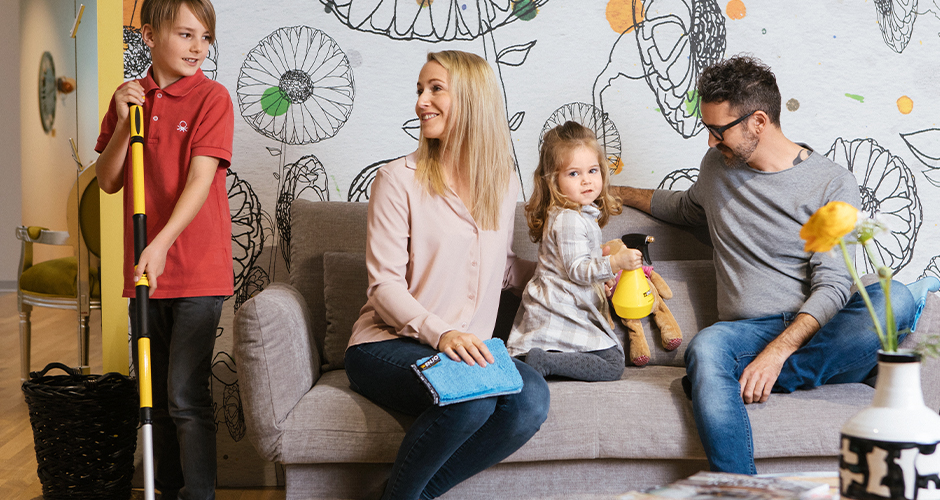
Slowing the spread of COVID-19 is being described as “nearly as important as stopping it”.
COVID-19 is being transmitted by droplets, person-to-person and it’s spreading exponentially.
A single cough can produce 3000 droplets that land on people, surfaces, clothing and may even remain in the air for a period of time.
This is why professionals are advising the public to help slow the spread of disease by practising social distancing.
Staying home and avoiding public spaces is proven to help slow the transmission of infections.
We all know about flattening the curve.
However, we think it’s important to remember that this graph adapted from the CDC by Vox still applies.
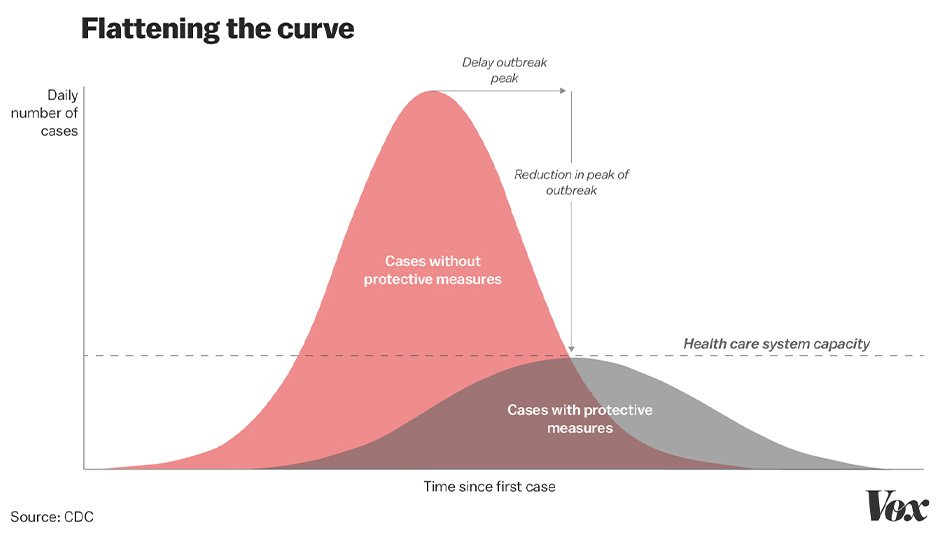
Flattening the curve during a second wave is just as relevant. The health care system’s ability to deal with illnesses and emergencies, particularly when stretched as it is now, can lead us to a crisis where there are more fatalities.
This means people may not survive, who could otherwise have survived if adequate care was available.
If a majority of Canadians stay home and slow the spread of infection, healthcare systems can prepare and stay ahead of capacity. If sick people present to the hospital over time, there will be enough medicine, equipment, beds and staff to care for everyone. This means fewer people will die.
If you can work from home please do so to help protect the most vulnerable in your community. Avoid unnecessary trips in and outside of the community, and avoid areas where there are likely to be large numbers of people.
6. Check-in with yourself and loved ones

Mental health is just as important as physical health.
A recent study of mental health and the impact of the pandemic, done by the University of British Columbia, showed that almost half of women (45 per cent) and a third of men (34 per cent) feel their mental health has declined.
The pandemic has changed how we live, and unfortunately life is likely to remain different for some time.
Being aware of how you’re feeling and seeking help is important.
It’s in our DNA to need human connection, sometimes just reaching out to someone can make a world of difference.
Seek out ways to boost your mental health, whether that is exercise, music, or resilience building.
If you or someone you know is in crisis, don’t hesitate to reach for help immediately. Visit Centre for Addiction and Mental Health-Suicide Prevention
If you or someone you know needs someone to speak with, contact your family doctor for referral, or contact the Canadian Mental Health Association at www.cmha.ca.
If you feel like you’re struggling, reach out for help. If you see someone struggling, reach out to connect with them.
Stay safe, look after yourselves and each other, and spread kindness wherever you can. We will get through this together.
With love and respect, from the team at ENJO Canada
Sources:
CDC – How to Protect Yourself & Others
New coronavirus stable for hours on surfaces
New national survey finds Canadians’ mental health eroding as pandemic continues

